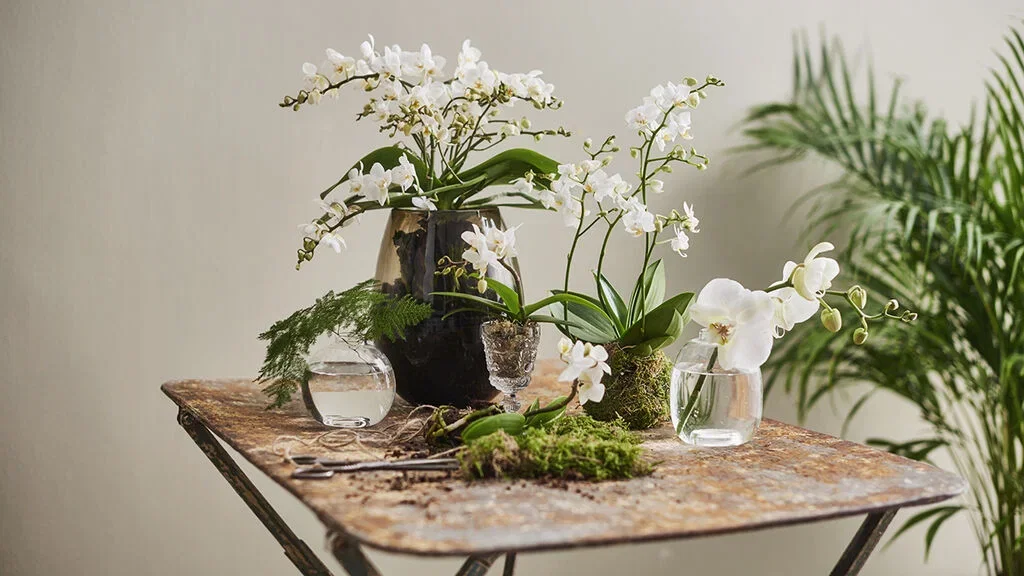Hypoallergenic plants that are suitable for almost everyone
Indoor plants and interior
Winter
They are green and beautiful, but indoor plants are not just pretty, they provide oxygen and balance humidity, but for those who are allergic, they can unfortunately become troublesome. Luckily, there are many allergy-friendly varieties to choose from.




Written by Liselotte Roll
Swedish garden inspirer, journalist and author of books about nature, cultivation and animals, such as "Soil", "Grow for insects" and "Chickens as a hobby".
Topics:
Indoor plants and interior
Winter












